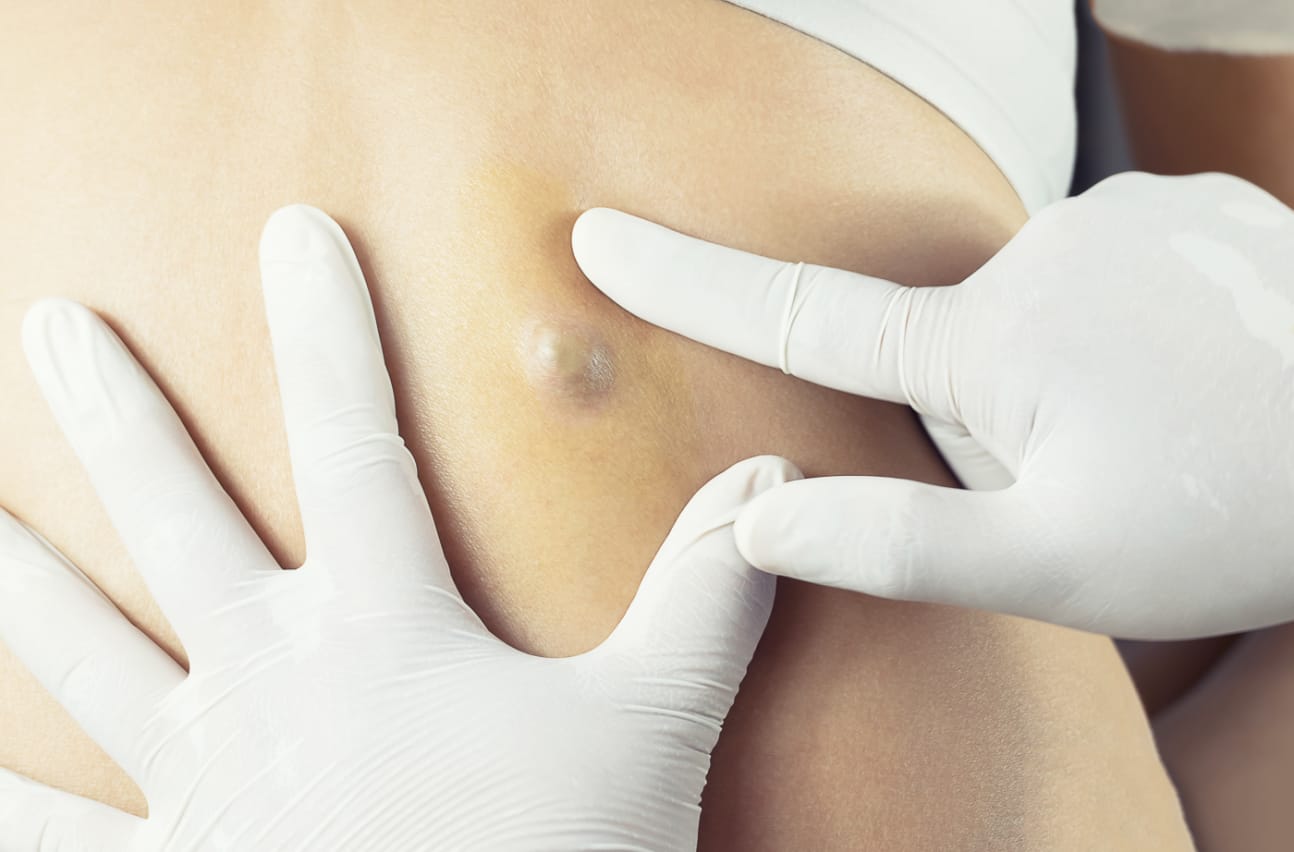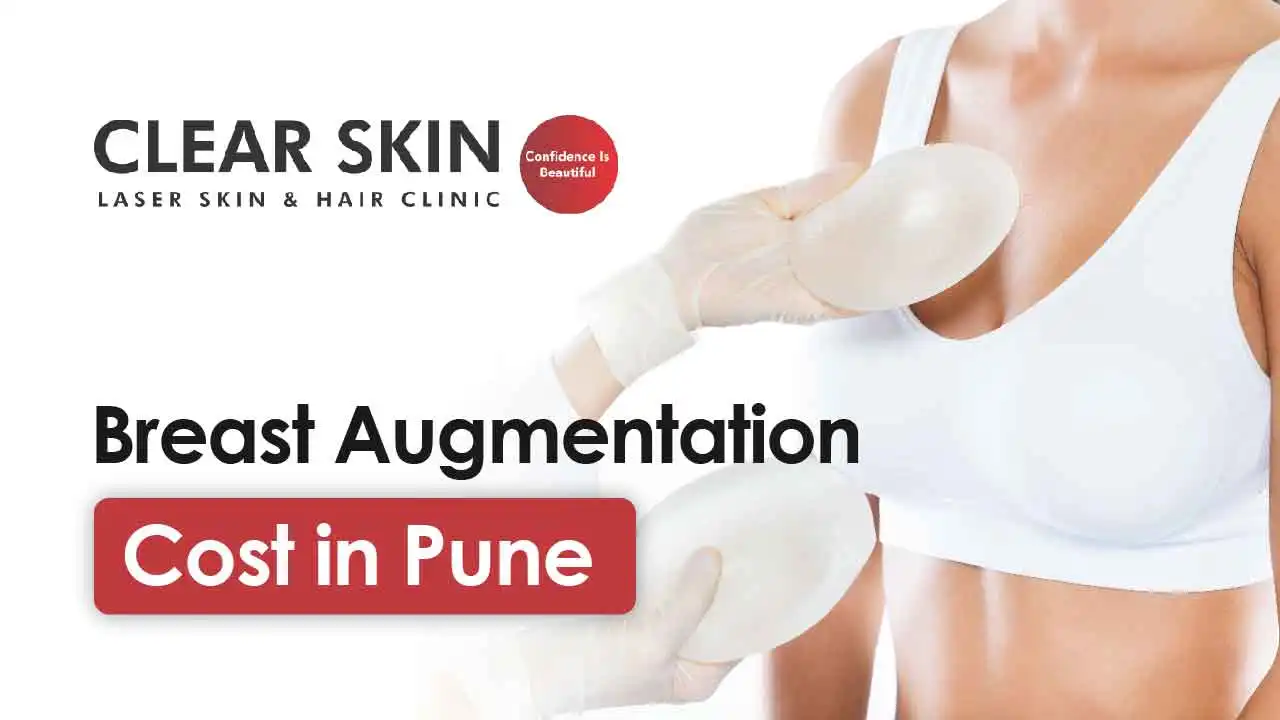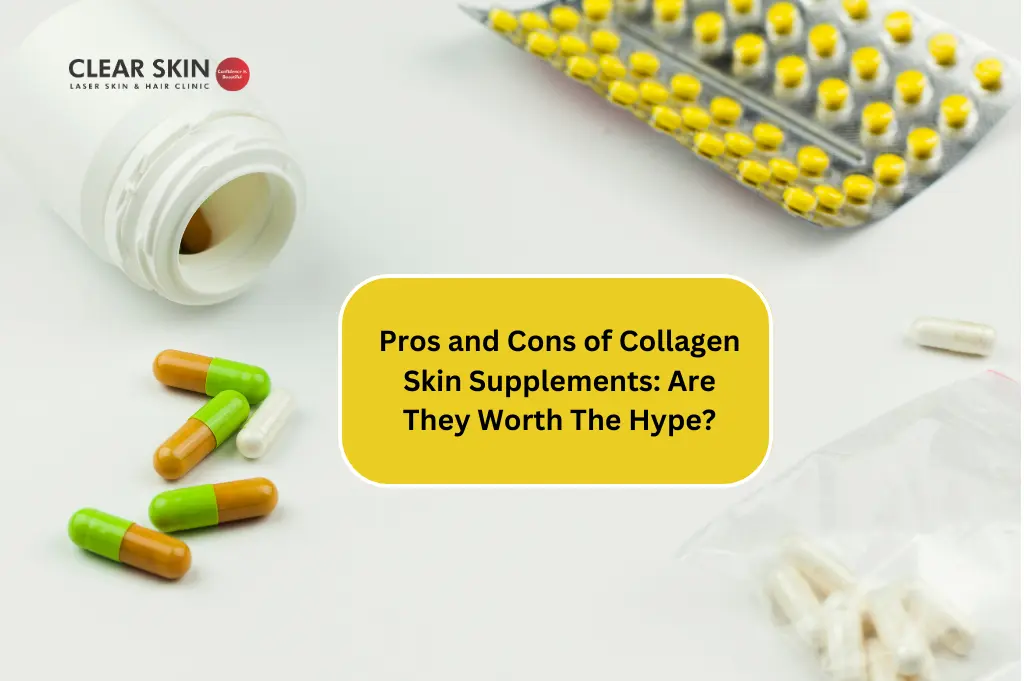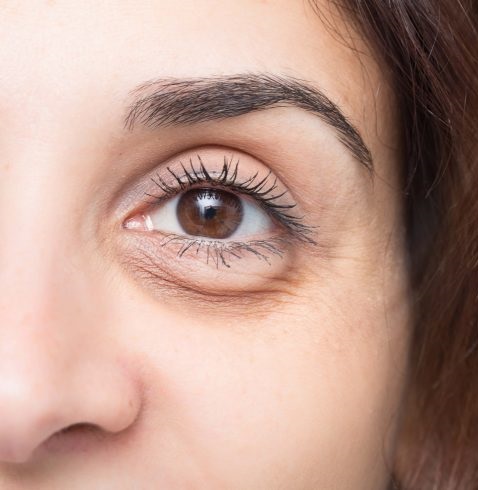7
Mar
Demystifying Skin Pigmentation:...
Pigmentation refers to the colouring of the skin which depends on specialized cells that produce melanin. Melanin is the pigment that imparts different shades and colours to the hair, skin, mucous mem
Read more...










